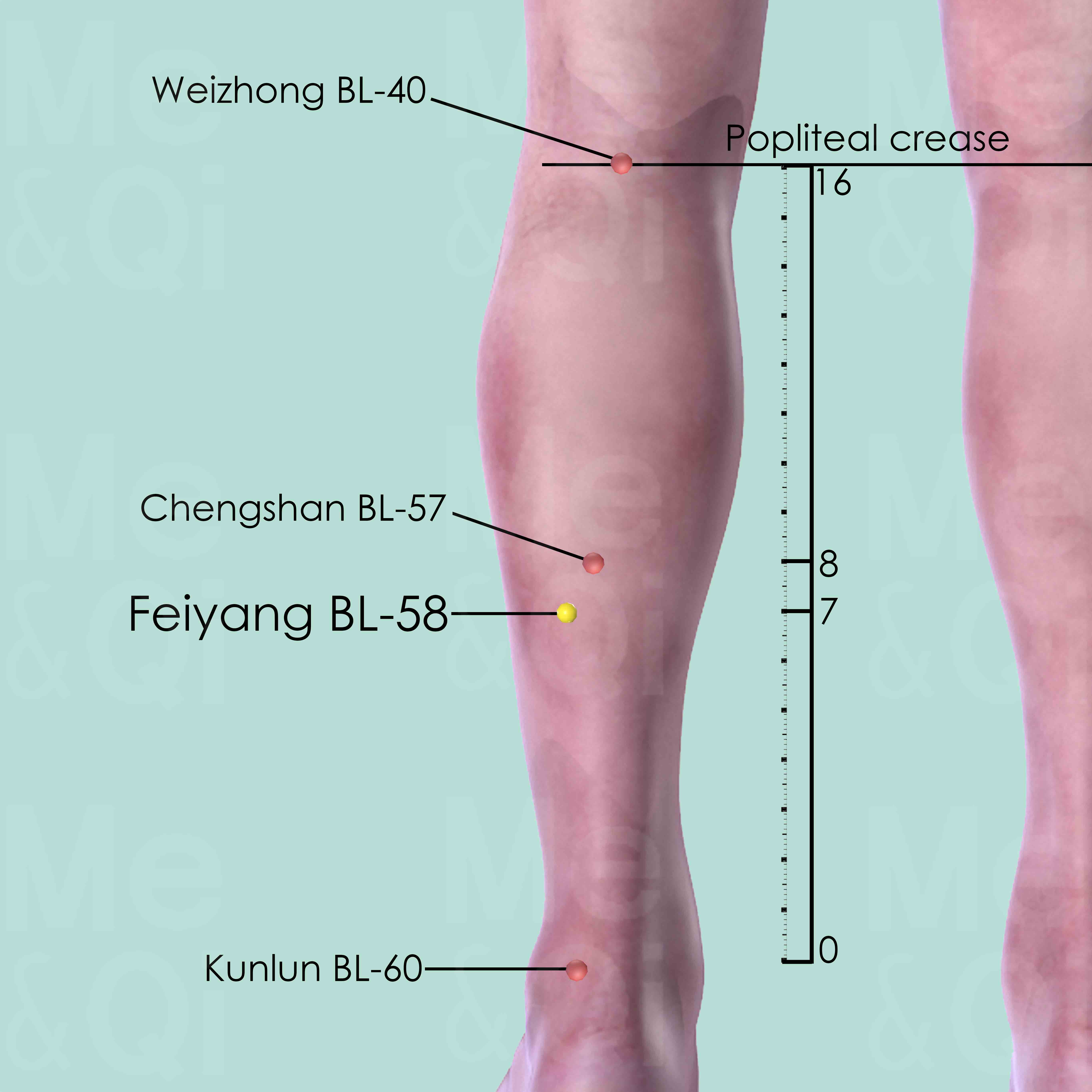Difficulty Standingaccording to TCM
Symptom family: Locomotion and Mobility Issues
What is Difficulty Standing?
Difficulty standing is a condition characterized by an individual's inability to maintain an upright position comfortably or without assistance. It can result from various causes, such as muscular weakness, balance disorders, neurological conditions, or joint and bone issues.
This symptom can significantly impact daily activities, contributing to a reduced quality of life and increased dependence on others. Understanding the root causes of difficulty standing is essential for developing an effective treatment plan and improving patient outcomes.
How does TCM view Difficulty Standing?
Traditional Chinese Medicine (TCM) interprets difficulty standing as a sign of underlying imbalances within the body's energy system, or Qi. According to TCM, the inability to stand could be due to weaknesses in the Kidney system, which in TCM philosophy, supports the body's vital energy and sustains the lower back and legs.
Another possible cause is an obstruction of Qi and Blood in the Channels that govern the lower limbs. Identifying the precise disharmony is critical in TCM, as the treatment must correspond to the specific pattern to restore balance and strength effectively.
Acupoints for Difficulty Standing
TCM recommends several acupoints along the Bladder Channel for addressing difficulty standing, with Feiyang (BL-58) being particularly significant. Located near the fibula on the lower leg, Feiyang is known for its capacity to strengthen the Kidneys, which are believed to support the body's vital force essential for standing and moving.
Stimulating this point also helps subdue Rebellious Qi and remove obstructions from the Channel, which can alleviate problems in the lower back and legs that contribute to difficulty standing. Acupuncture treatments targeting Feiyang and other related points aim to enhance the flow of Qi, bolster physical stability, and improve overall mobility.
See more details below about Feiyang BL-58, an acupoint used to address difficulty standing.
- By Meridian
- Bladder Channel

Feiyang BL-58
On the posterior border of fibula, about 1 cun inferior and lateral to Chengshan BL-57, 7 cun directly above Kunlun BL-60.
